
The day’s transportation chills out in the early morning sun. [Photo] Mary McIntyre

The group hoofs it on the approach. [Photo] Mary McIntyre
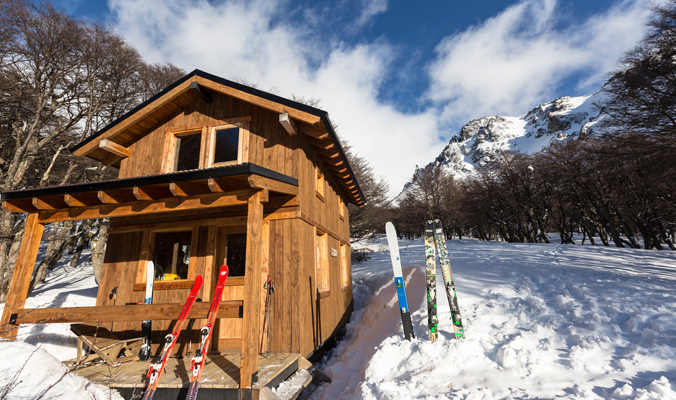
The refugio is a good overnight hitching post. [Photo] Mary McIntyre
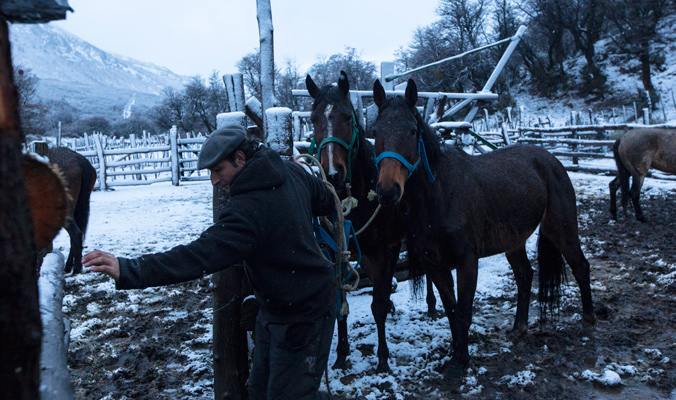
Alfredo deals with transportation logistics. [Photo] Mary McIntyre
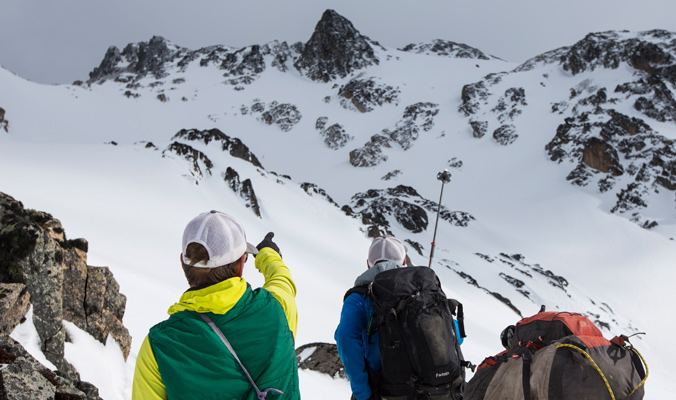
Where lines abound, the hardest thing is picking which one to ski. [Photo] Mary McIntyre
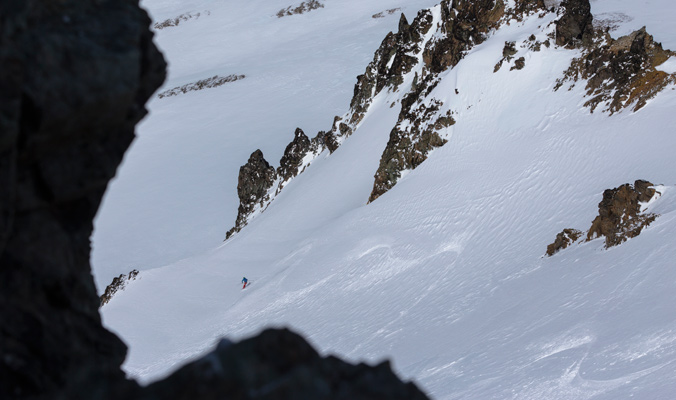
Supportive snow below the jagged rock outcroppings makes for smooth sailing on the down. [Photo] Mary McIntyre
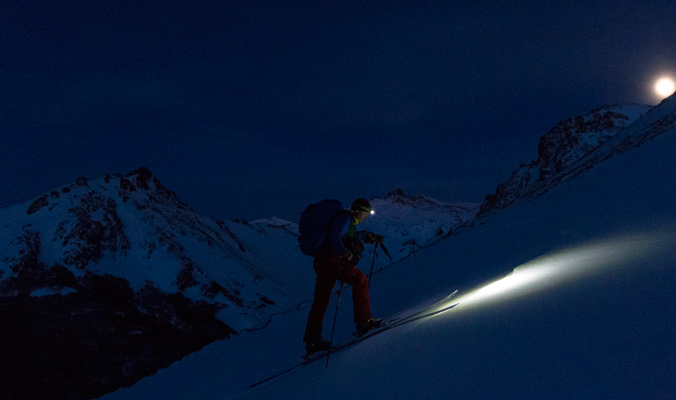
Early morning approaches are made more pleasant with some natural background lighting. [Photo] Mary McIntyre

Everyone gets their own chute to ski in a landscape lined with couloirs. [Photo] Mary McIntyre

McIntyre edges her way to a sweeping Andean view. [Photo] Damian Benegas










Related posts: